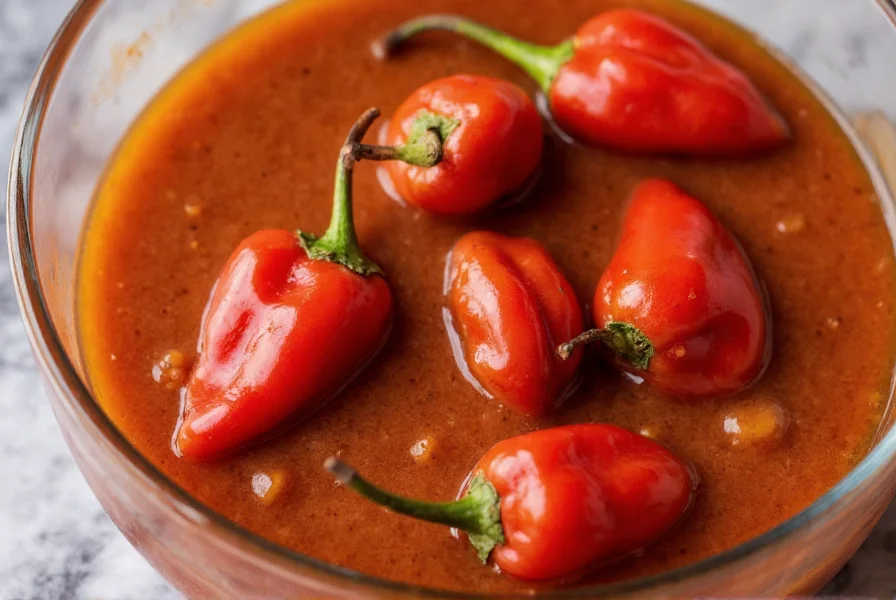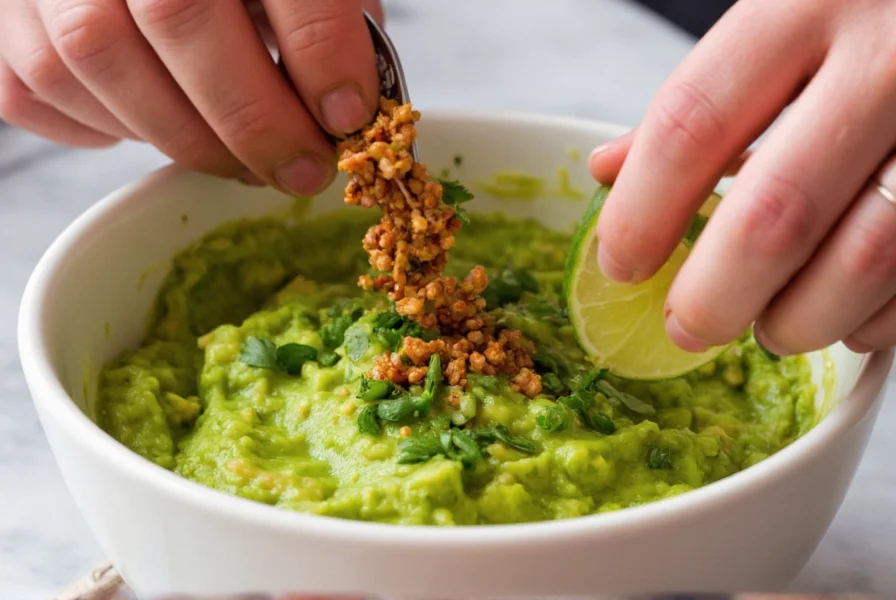Understanding what chipotle peppers in cans offer begins with recognizing their unique processing method. Unlike fresh peppers, chipotles undergo smoking (traditionally over wood fires) before canning, which creates their signature deep, earthy notes. The adobo sauce they're packed in isn't just liquid—it's a flavor foundation that enhances everything from marinades to sauces.
What Exactly Are Chipotle Peppers?
The term "chipotle" comes from the Nahuatl language, meaning "smoked chili." These peppers start as ripe red jalapeños that are smoke-dried until they reach a raisin-like texture. When canned, they're rehydrated in adobo sauce, which softens their texture while preserving their distinctive smoky heat. Most commercial cans contain 5-7 whole peppers submerged in approximately 5 ounces of sauce.

Chipotle Peppers vs. Other Smoked Peppers
While often confused with similar products, canned chipotles have distinct characteristics compared to other smoked peppers:
| Pepper Type | Processing Method | Heat Level (Scoville) | Common Uses |
|---|---|---|---|
| Canned Chipotle in Adobo | Smoke-dried jalapeños rehydrated in adobo sauce | 2,500-8,000 SHU | Sauces, marinades, stews |
| Chipotle Powder | Ground dried chipotles | 2,500-8,000 SHU | Dry rubs, spice blends |
| Smoked Paprika | Smoked bell peppers ground to powder | 100-500 SHU | Coloring, mild smokiness |
| Tabasco Sauce | Fermented tabasco peppers in vinegar | 2,500-5,000 SHU | Condiment, finishing sauce |
Nutritional Profile and Health Benefits
Despite their small size, canned chipotle peppers deliver notable nutritional value. A single pepper (about 15g) contains:
| Nutrient | Amount per Pepper | Health Benefit |
|---|---|---|
| Vitamin C | 18mg (20% DV) | Immune support, antioxidant |
| Vitamin B6 | 0.2mg (12% DV) | Metabolism regulation |
| Capsaicin | Naturally occurring | Pain relief, metabolism boost |
| Dietary Fiber | 1.2g | Digestive health |
The capsaicin in chipotle peppers has been studied for potential benefits including pain relief, improved metabolism, and anti-inflammatory effects. The adobo sauce contributes additional nutrients from tomatoes (lycopene) and garlic (allicin).
Practical Culinary Applications
Mastering how to use canned chipotle peppers elevates countless dishes. Professional chefs recommend these techniques for optimal flavor integration:
- Marinades: Blend 1-2 peppers with lime juice, olive oil, and garlic for meats (especially chicken and pork)
- Sauces: Puree peppers with their adobo sauce to create instant smoky bases for tacos or enchiladas
- Stews: Add whole peppers to simmering beans or chili for gradual flavor infusion
- Dressings: Finely mince 1 pepper into vinaigrettes for salad complexity

Storage and Shelf Life Management
Proper storage maximizes both safety and flavor retention of opened canned chipotle peppers:
- Transfer unused peppers and sauce to an airtight glass container
- Ensure peppers remain fully submerged in adobo sauce
- Refrigerate for up to 3 weeks (vs. 1 week in original can)
- Freeze in ice cube trays for longer storage (up to 6 months)
When freezing, portion peppers with sauce into individual cubes—this allows precise usage without thawing entire batches. Always use clean utensils when handling to prevent bacterial contamination.
Effective Substitutes When Unavailable
If you need alternatives for chipotle peppers in adobo sauce, consider these options based on your recipe's requirements:
- For smokiness: 1 teaspoon smoked paprika + 1/2 teaspoon cayenne pepper per pepper
- For heat and tang: 1 tablespoon harissa paste + 1 teaspoon tomato paste
- For texture: Dried chipotle powder (1/2 teaspoon = 1 whole pepper)
- For authentic flavor: Chipotle hot sauce (use 1 tablespoon per pepper)
Remember that substitutes won't replicate the exact flavor profile but can provide similar elements depending on your dish's needs. The adobo sauce component is particularly challenging to replace completely.
Frequently Asked Questions
How spicy are canned chipotle peppers compared to fresh jalapeños?
Canned chipotle peppers typically range from 2,500-8,000 Scoville Heat Units (SHU), making them slightly hotter than fresh jalapeños (2,500-8,000 SHU) due to concentration during smoking. The adobo sauce moderates the heat perception, creating a more complex flavor experience than raw heat.
Can I eat canned chipotle peppers directly from the can?
Yes, canned chipotle peppers are fully cooked and safe to eat straight from the can. However, their intense flavor and heat profile usually benefits from integration into dishes. Many people enjoy them chopped in scrambled eggs or blended into mayo for sandwiches, but direct consumption isn't recommended for spice-sensitive individuals.
Why does the adobo sauce in chipotle cans vary in thickness?
Adobo sauce consistency varies by brand due to differences in tomato paste concentration, vinegar ratios, and cooking time. Thicker sauces typically contain more tomato solids and less liquid, creating a richer base for recipes. When substituting between brands, adjust additional liquid ingredients accordingly to maintain your desired recipe consistency.
How can I reduce the heat level of canned chipotle peppers?
To moderate chipotle heat, remove the seeds and inner membranes before use (where most capsaicin resides). Soaking chopped peppers in milk or cream for 10 minutes draws out some capsaicin. Alternatively, balance heat with acidic components like lime juice or sweet elements such as honey—these don't reduce actual spiciness but create perception of milder flavor.










 浙公网安备
33010002000092号
浙公网安备
33010002000092号 浙B2-20120091-4
浙B2-20120091-4